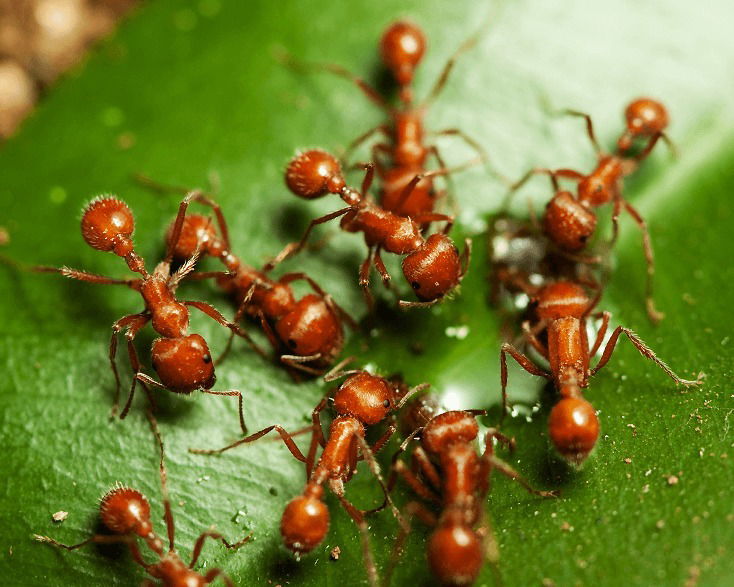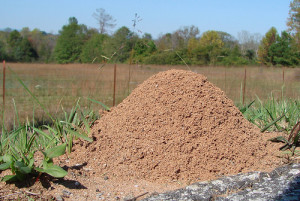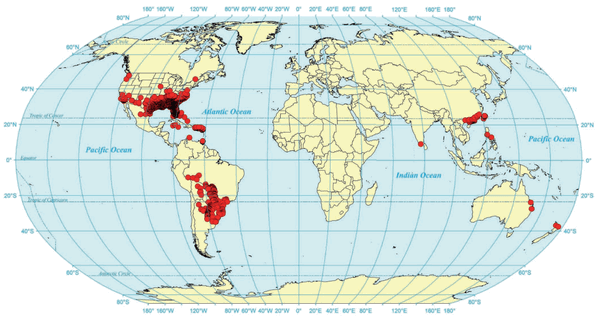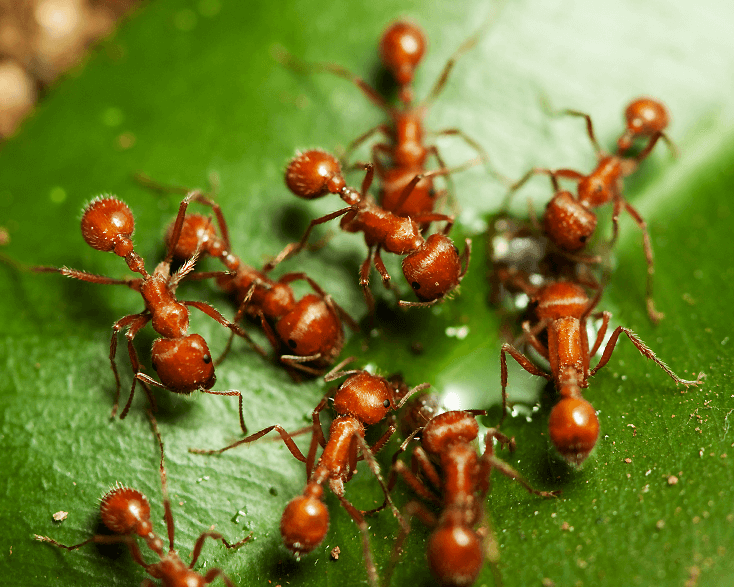Fire Ants

FIRE ANTS:
KPCOFGS
Kingdom: Animalia
Phylum: Arthropoda
Class: Insecta
Order: Hymenoptera
Family: Formicidae
Genus: Solenopsis (scientific name)
Species: Atta geminata (most common: Myrmica rubra, Pogonomyrmex barbatus and Solenopsis fugax)
Nº of SPECIES: 201
SIZE
Approximate size for workers: 2-3 mm
Approximate size for males: 5 mm
Approximate size for queens: 7-9 mm
LIFE SPAN & Reproduction Info:
Life Span or workers: 2-6 months
Life Span for males: (their only job is to mate with the queen at the very end of the season)
Life Span for queens: 5.83-6.77 years
The males mate with the queen at the end of the season so that this can
WORKERS'S LIFESPAN:
Minor Workers: 30-60 days lifespan
Media Workers: 60-90 days lifespan
Major Workers: 90-180 days lifespan
EGG to ADULT:
After the queen has laid the eggs, these can take up from 7 to 10 days to hatch, and after they have hatched, the new ants may take about 22-38 days to develop into fully grown up adults.
COLONY SIZE: can be up to a maximum of 400,000 sterile female worker ants, or from 100,000 to 500,000 ants in total.
The visible part of the colony (above ground) can be up to 61 cm in diameter (24 inch) and 18 cm in height (7 inch).
Here below is an image of a fire ant nest in Virginia, US.

STING:
If bothered, or to any intruding animal, these ants can sting repeatedly, apart from biting.
The venom of fire ants is mainly composed of oily alkaloids structurally derived from piperidine (or solenopsins) mixed with some toxic proteins.
Exposure to piperidine can cause nausea, vomiting, salivation and abdominal pain as well as headaches, dizziness and muscle weakness, fatigue depression and irritability.
It can also affect the liver and the kidneys.
The sting of a fire ant makes a little red pimple on the surface of the skin.
INTERESTING FACTS:
DIET: This ants are omnivorous, and their diet includes insects, earthworms, ticks, spiders, arthropod eggs, honeydew and other sweets. Plant sources of food include seeds. However, it is known that they eat meat, greasy and sweet materials.
LOCATION MAP:

PHOTO:

(For more information about the websites consulted in this article, see the Bibliography at the bottom of the website.)
